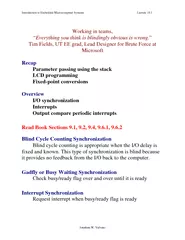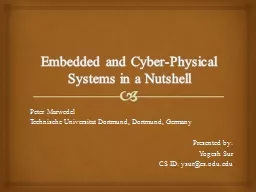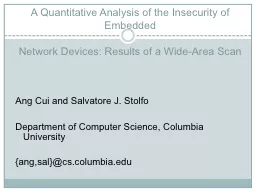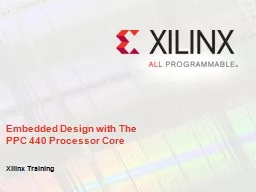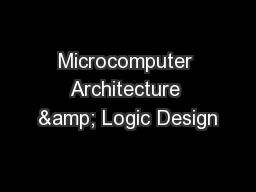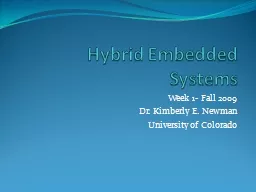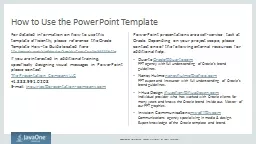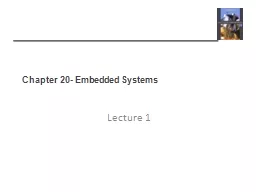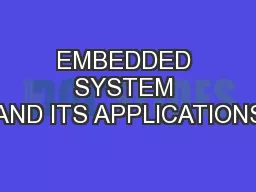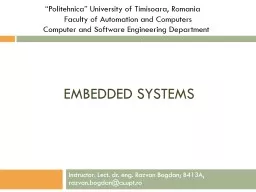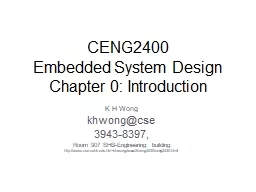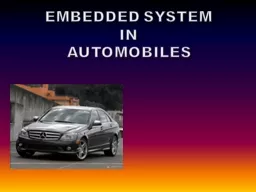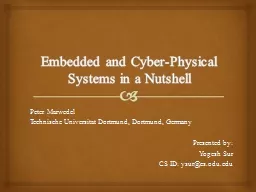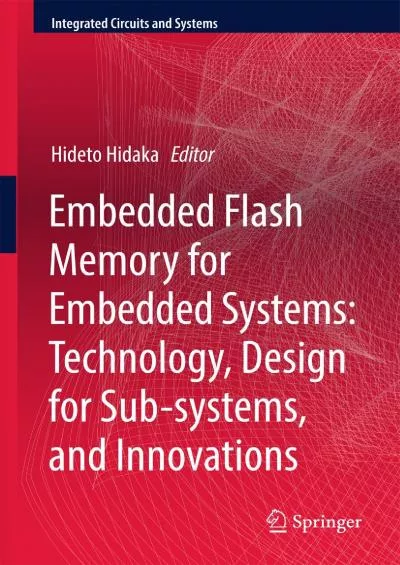PDF-Introduction to Embedded Microcomputer Systems Lecture
Author : cheryl-pisano | Published Date : 2015-05-06
1 Jonathan W Valvano Working in teams Everything you think is blindingly obvious is wrong Tim Fields UT EE grad Lead Designer for Brute Force at Microsoft Recap
Presentation Embed Code
Download Presentation
Download Presentation The PPT/PDF document "Introduction to Embedded Microcomputer S..." is the property of its rightful owner. Permission is granted to download and print the materials on this website for personal, non-commercial use only, and to display it on your personal computer provided you do not modify the materials and that you retain all copyright notices contained in the materials. By downloading content from our website, you accept the terms of this agreement.
Introduction to Embedded Microcomputer Systems Lecture: Transcript
Download Rules Of Document
"Introduction to Embedded Microcomputer Systems Lecture"The content belongs to its owner. You may download and print it for personal use, without modification, and keep all copyright notices. By downloading, you agree to these terms.
Related Documents

